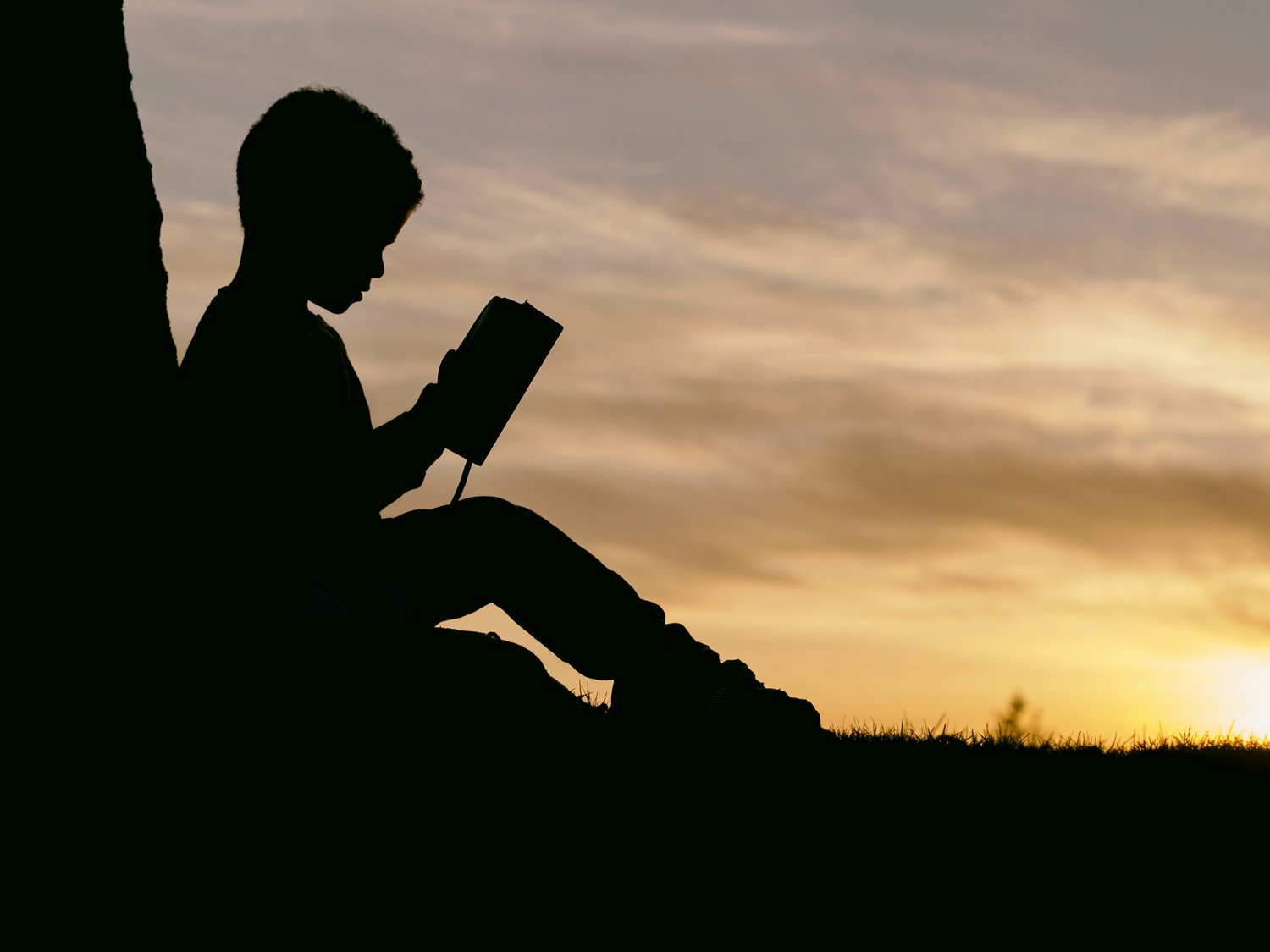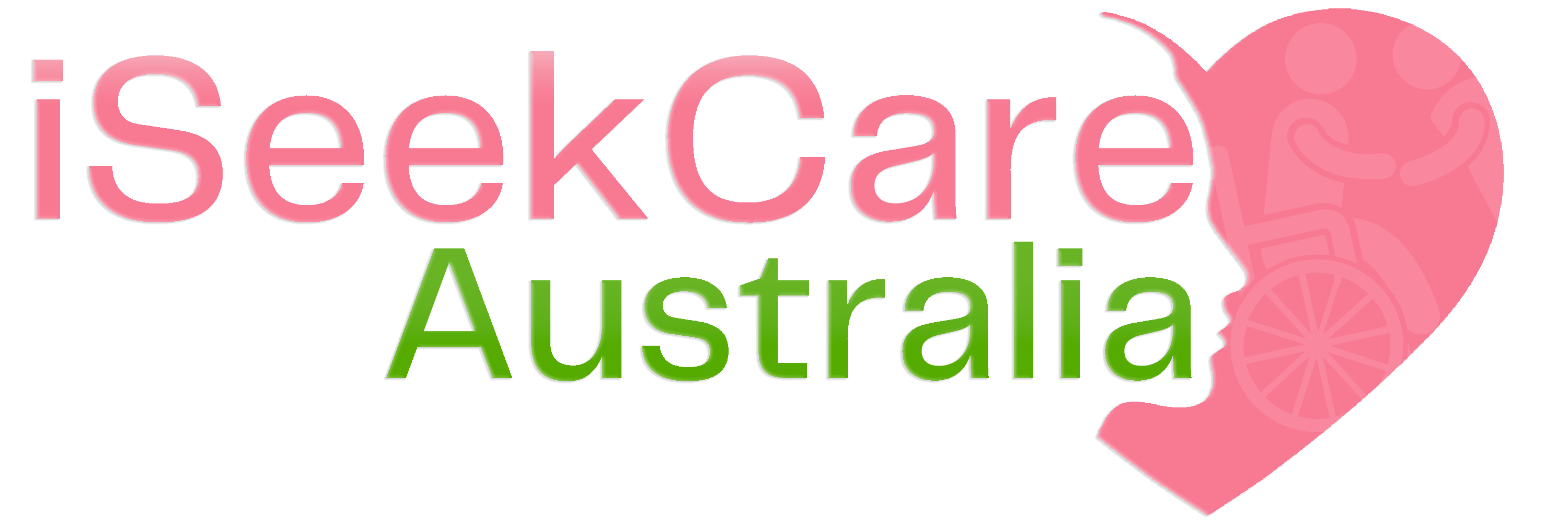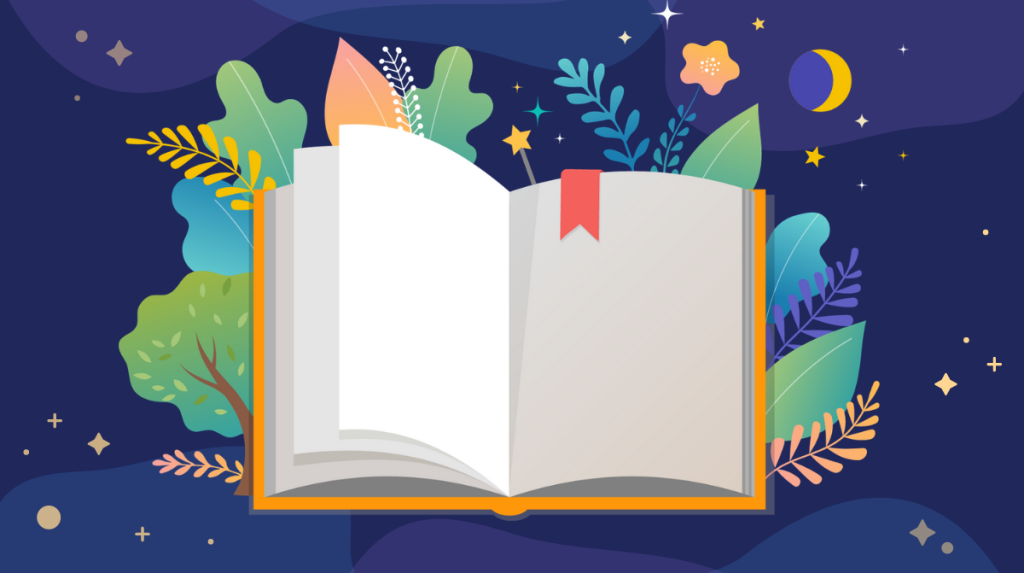Mirror and Window Books: The Significance of Seeing Disability in Kids' Stories
Children’s literature is a crucial tool for nurturing a child’s imagination and shaping their worldview. It is through stories that children are taught about the world around them. Similarly, all children, regardless of ability, want to see themselves in the stories they read. For children with disabilities, the representation of themselves in literature is particularly important. Likewise, this is where mirror and window books come in. In this blog, we will explore the significance of seeing disability in kids’ stories. And, also the impact it can have on a child’s self-identity and their ability to empathise with others.

1. What are Mirror and Window Books?
Mirror and Window books are terms used to describe picture books that enable children to see themselves or others in stories. Likewise, mirror books allow children to see themselves or someone with a similar experience to them. While it also window books give children a view into someone else’s life experience. Furthermore, when it comes to disability representation in literature for children, it is crucial that stories include both types of books. This enables children to understand their own experiences and also develop empathy for others.
2. Why is Disability Representation in Literature (books) Important?
Disability representation in literature is essential for many reasons. Literature has the power to shape our understanding of the world and people around us. Likewise, for children with disabilities, reading about characters with similar experiences can provide a sense of belonging and acceptance. Lastly, when children are exposed from an early age, they are more likely to view people with disabilities with acceptance and empathy later in life.
3. What are the Benefits of Mirror and Window Books?
Mirror and Window books can benefit both children with and without disabilities. For children with disabilities, it can provide a sense of belonging and promote a positive perception of their identity and abilities. Similarly, for children without disabilities, it can help foster acceptance and empathy for people with different experiences. By seeing themselves and others in literature, children can develop greater self-awareness. They can also develop and understanding of diversity and inclusion.
4. Examples of Books that Include Disability Representation:
There are many picture books that include characters with disabilities that can be used as Mirror and Window books. Here are a few examples:-
“El Deafo” by Cece Bell: This award-winning graphic novel tells the story of a young girl who uses a hearing aid to navigate life and school.
– “My Three Best Friends and Me, Zulay” by Cari Best: This book tells the story of a young girl who is blind and the challenges she faces in her daily life.
– “Emmanuel’s Dream” by Laurie Ann Thompson: This picture book tells the story of Emmanuel Ofosu Yeboah, a young boy from Ghana who was born with a deformed leg, and how he overcomes challenges to become a national hero.
Conclusion:
Inclusion and representation are essential aspects of children’s literature. Disability representation in literature is critical to ensure that children with disabilities see themselves in the stories they read. And, children without disabilities develop empathy and understanding towards people with different experiences. Mirror and Window books are valuable tools that can help enrich children’s lives and promote inclusion. And, encourage acceptance and empathy for people with disabilities. Lastly, as we continue to strive for a more inclusive society, let us ensure that our children’s literature reflects the diversity of the world around us.



